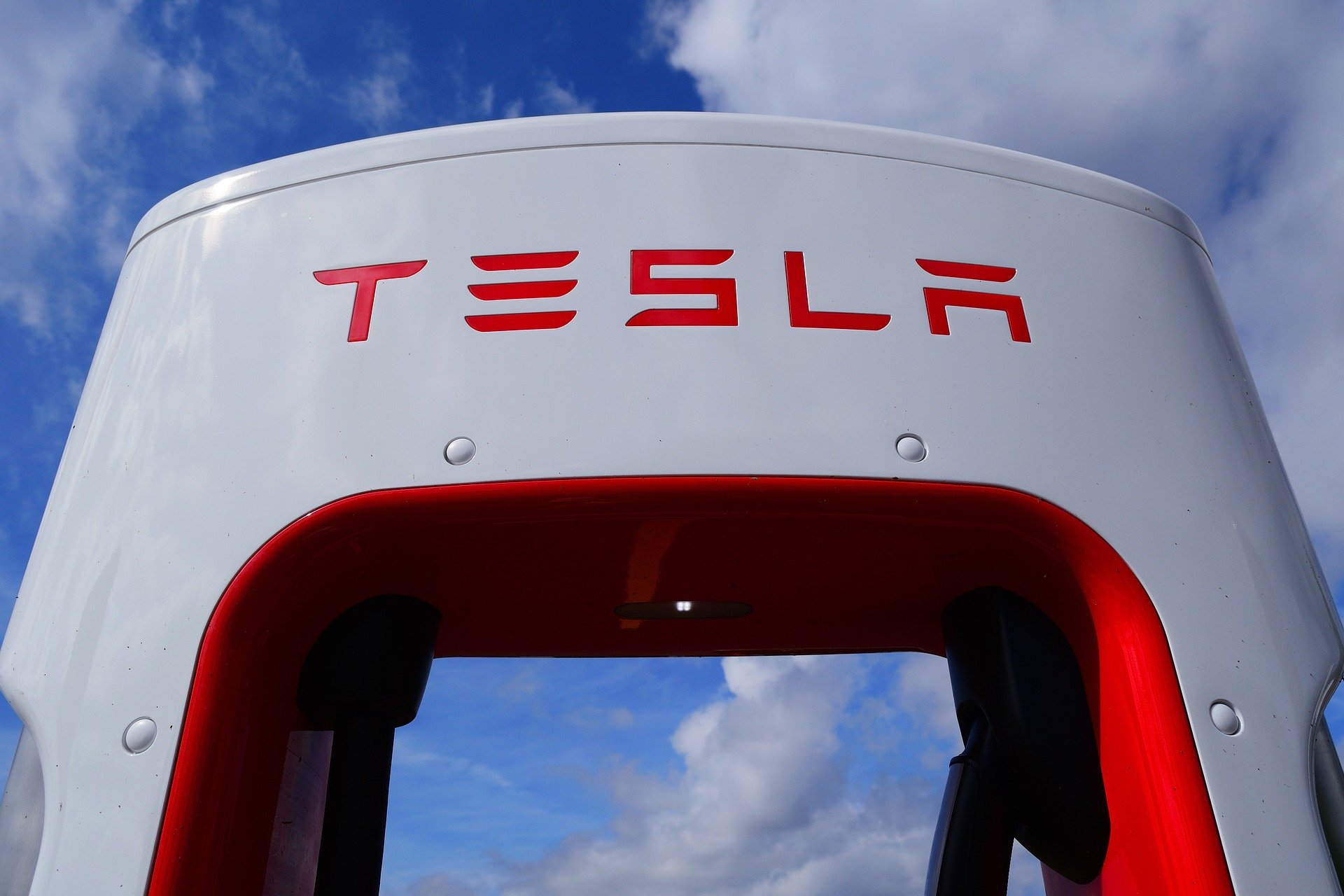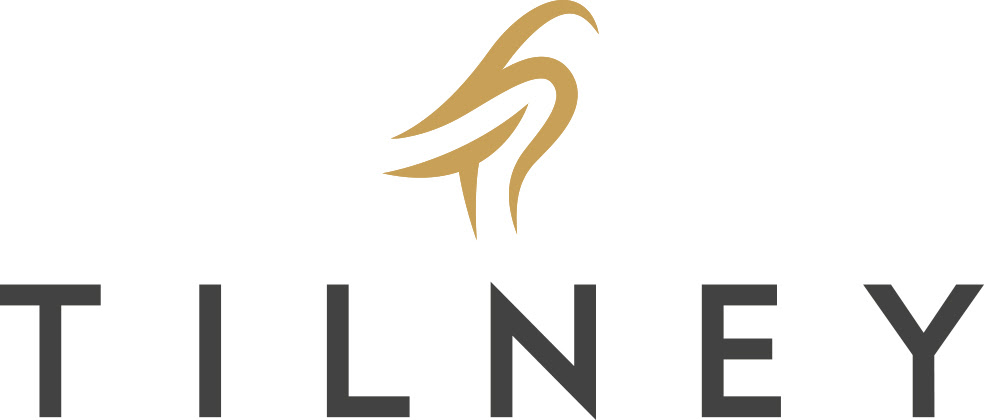Fund selectors have said S&P Dow Jones Indices’ (SPDJI) index committee “relented” to investor demand for Tesla to be included in its flagship S&P 500 index amid an increasingly competitive landscape for the industry.
Earlier this week, SPDJI announced it was set to include the electric vehicle manufacturer in the S&P 500, effective 21 December, making it one the biggest inclusions in the index over the past decade.
The decision will see $51bn inflows into Tesla from index funds and ETFs alone with the EV manufacturer set to make-up 1% of the index.
The inclusion comes after Tesla reported its fifth consecutive quarterly profits in Q3, one more than the four required to be considered in the index.
However, the final decision on which companies are included and axed from the S&P 500 is made by the firm’s index committee.
This committee has been subject to much scrutiny in recent months following their decision to not include Tesla in the flagship index during the September rebalance.
Ben Seager-Scott, head of multi-asset at Tilney, said the big swings in Tesla’s share price both this week and in September highlighted the issues with a committee-based approach compared to a more rigid rules-based approach.
Tesla’s share price jumped 13% on the news of the inclusion this week while in September, it plummeted 21% wiping $82bn off the company’s market cap.
“The significant moves we have seen in the share price highlights a drawback of current indexation methods,” Seager-Scott continued. “Ideally, indices should passively reflect the market, not create market movements themselves, and as index-tracking investments grow, this is a broader issue that will require greater efforts to mitigate.”
His views were echoed by Matt Brennan, head of passive portfolios at AJ Bell, who questioned the single big rebalances that occur when incorporating an index committee with discretion.
“A move like this does highlight how the more rules-based index methodology of something like the FTSE 100, which has a more natural path for inclusion minimises,” Brennan said.
“Given the growing nature of passive it is perhaps time for index providers to reconsider the discretionary element of inclusion.”
Meanwhile, Andrew Limberis, senior associate at Omba Advisory & Investments, who said SPDJI and its index committee has come under a lot of pressure to include the high performing company in its flagship index.
Limberis added the decision could have been driven by the increasingly competitive indexing landscape.
“With the massive increase in index investing, driven by the adoption of ETFs, the indexing industry is becoming more competitive and the S&P 500 is no longer necessarily the ‘default’ benchmark given the wide array of indices not least also driven by the recent popularity of ESG and the rise of China.”
There are a number of major indices that include Tesla. Rumi Mahmood, head of ETF research at Nutmeg, said this could have been a factor as to why SPDJI decided to follow suit.
Furthermore, he said the inclusion will increase the overall volatility of the S&P 500 and subsequently the ETFs that track it.
“It appears the SPDJI index committee relented to investor preferences and decided to go ahead with the inclusion,” Mahmood added.







